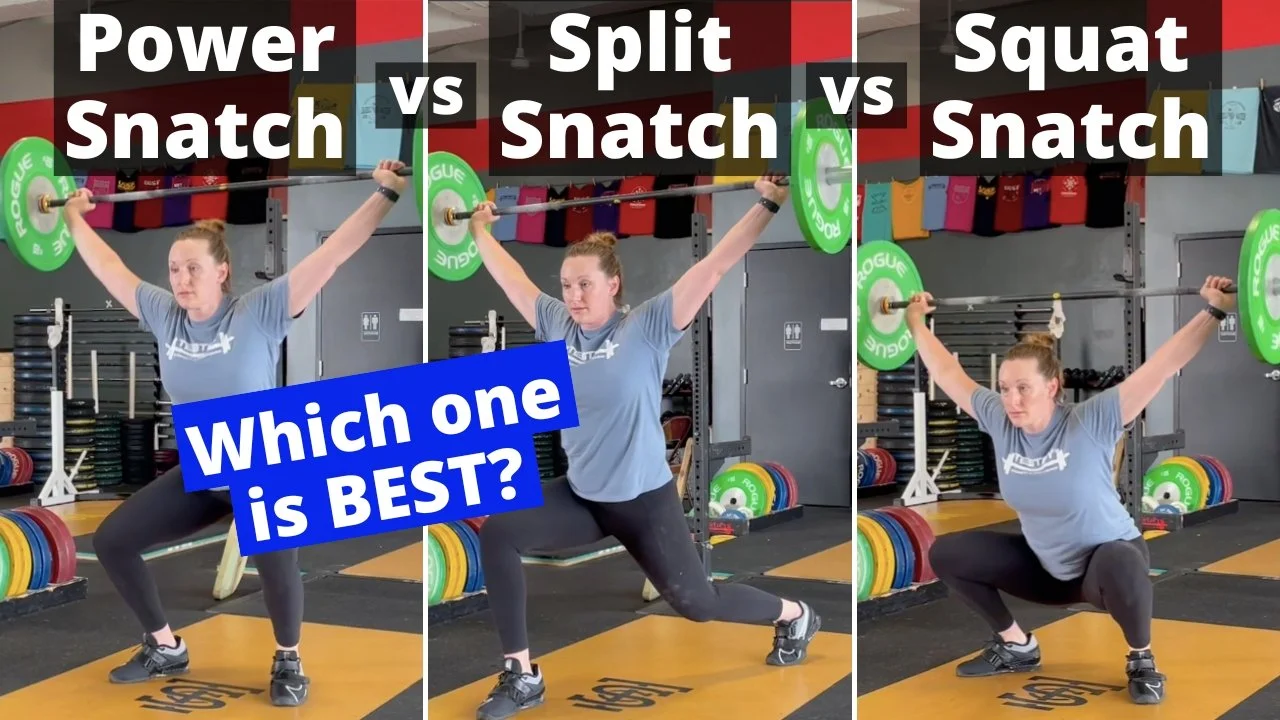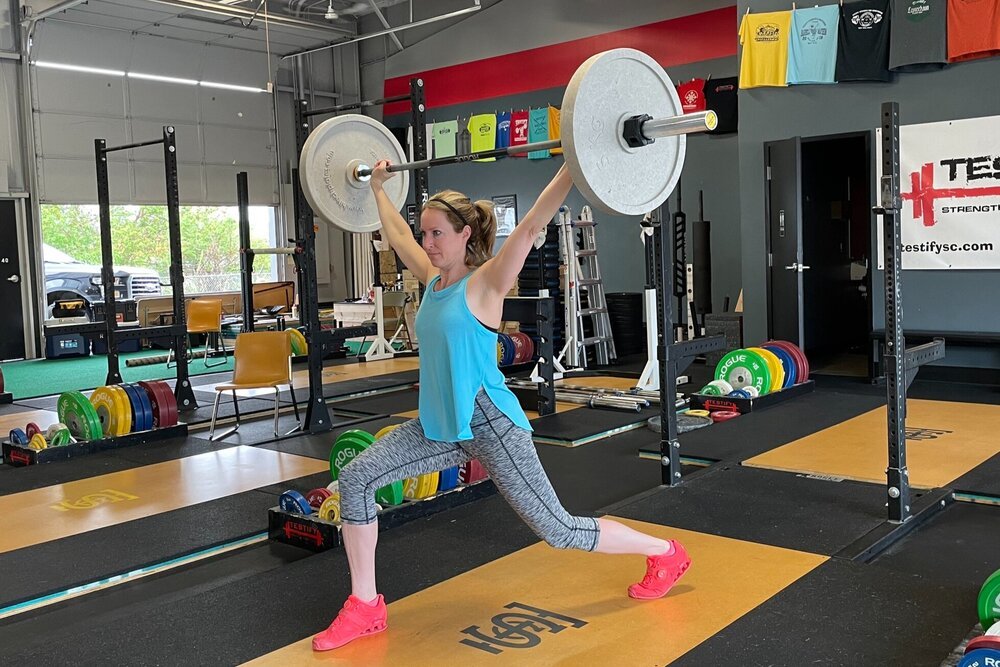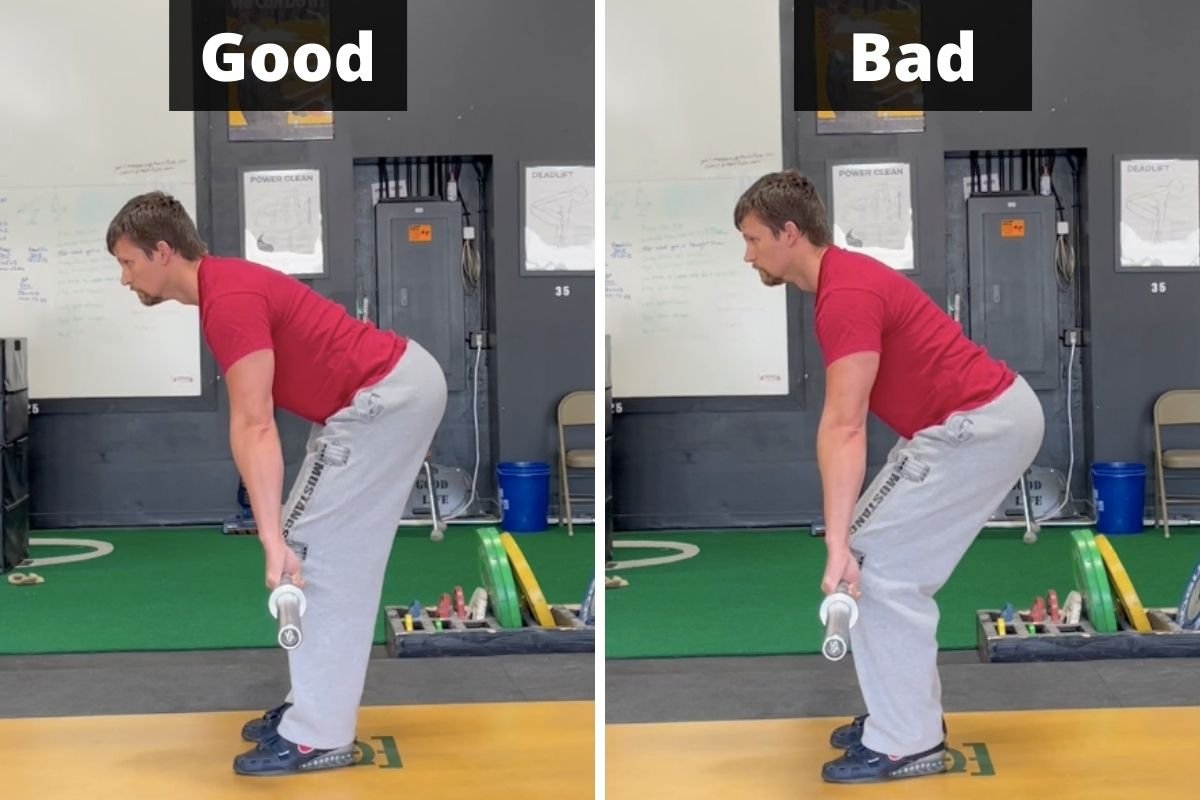Power Snatch vs Split Snatch vs Squat Snatch: Which One is Best?
/(A Blast from the Past article originally posted on 05/21/21)
There are three landing positions for the snatch, and each has its own advantages. Let’s briefly cover them here:
POWER SNATCH
Landing Position: Partial squat (i.e., partial-depth overhead squat)
Joy performs a power snatch.
Advantage: The power snatch is the simplest to learn as your feet do not travel far from their original pulling position. It also doesn’t require learning how to perform the overhead squat as in the . . .
SNATCH (AKA full snatch or squat snatch)
Landing Position: Overhead squat (i.e., full-depth overhead squat)
Advantage: Of the three landing positions, the full snatch allows lifters to lift the heaviest weights as this lower receiving position means the barbell doesn’t have to be lifted as high before catching it.
Joy performs a snatch.
SPLIT SNATCH
Landing Position: Split stance - nearly identical to the split jerk stance, but the split is usually even longer and deeper.
Advantage: The split snatch allows the lifter to drop further under the bar than the power snatch without requiring the ability to drop into an overhead squat position as in the full snatch. For this reason, the split snatch - although potentially useful at all ages - is especially well-suited to older lifters.
Joy performs a split snatch.
You’ll notice that the word “hang” - as in hang snatch or hang power snatch or hang split snatch - is conspicuously absent in this discussion. This is because “hang” refers to a starting position, not a landing position.
If “hang” is added as a prefix, then the lift simply starts with the bar hanging in the hands (usually at about mid-thigh height) as opposed to starting with the bar resting on the floor.
As always, we hope this helps you get stronger and live better.
-Phil
PS: Whenever you want even more Testify in your life, here are some free resources:
Book a free intro and strategy session with us HERE.
Pick up a free copy of Testify’s Squat Guide: 12 Tips to Improve Your Squat Now HERE.
Get our free weekly email - containing useful videos, articles, and training tips - HERE.
Follow Testify on Instagram HERE.
Subscribe to Testify’s YouTube channel HERE.
(Some links may be affiliate links. As an Amazon Associate, Testify earns from qualifying purchases.)






